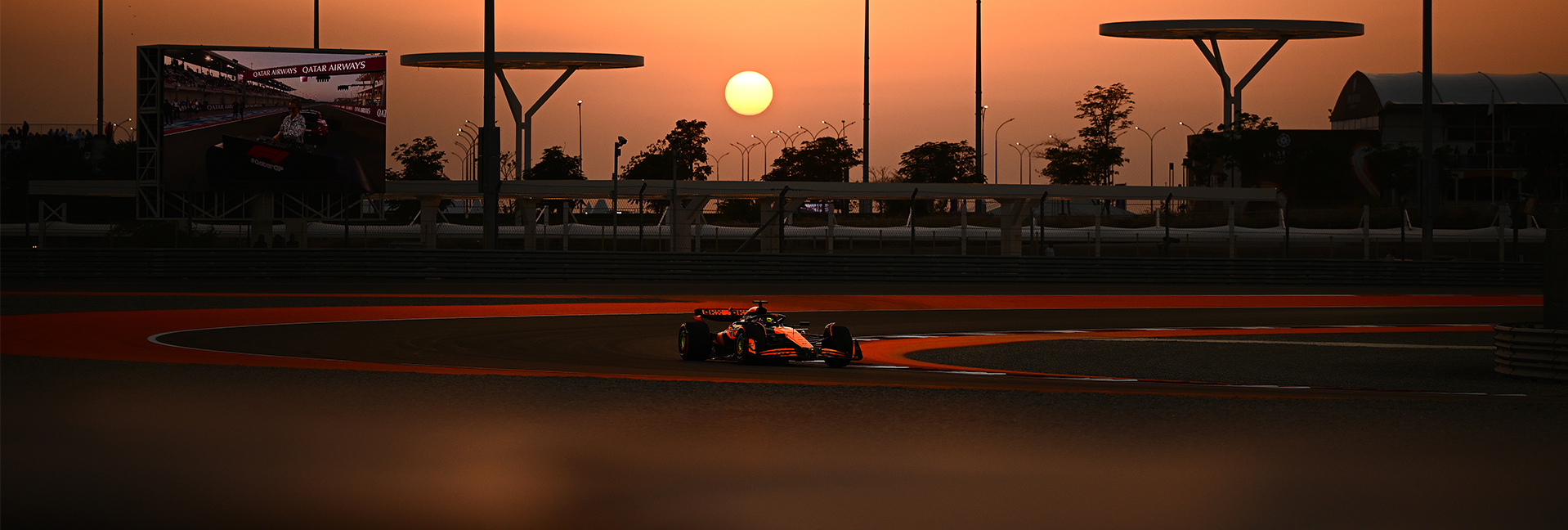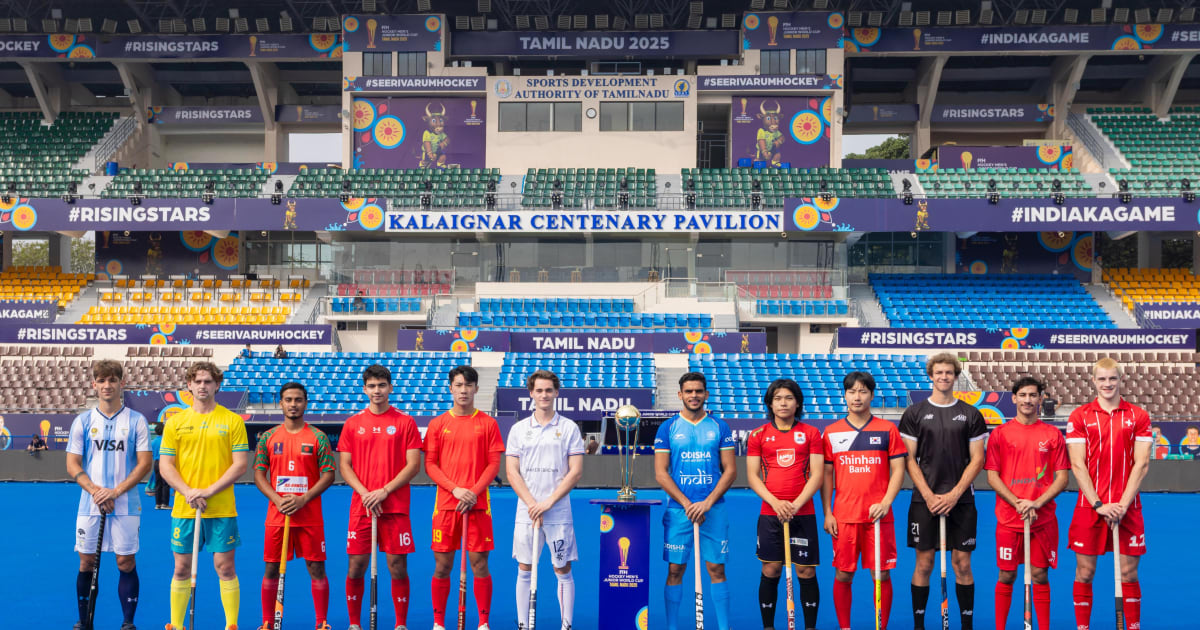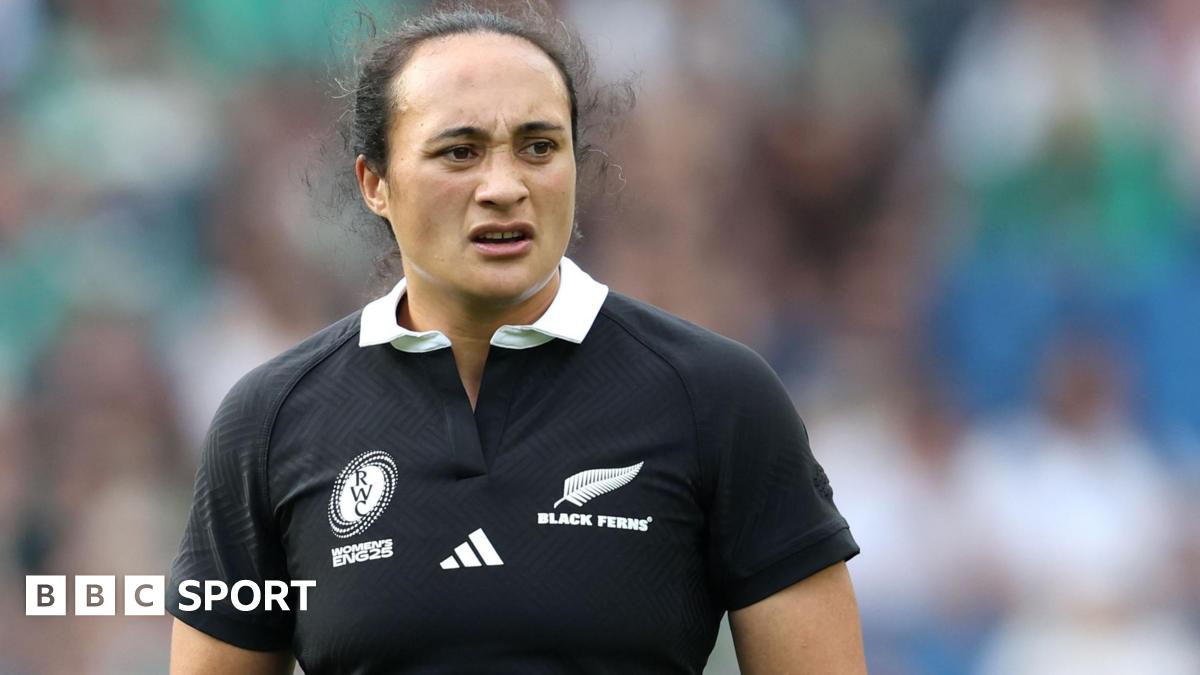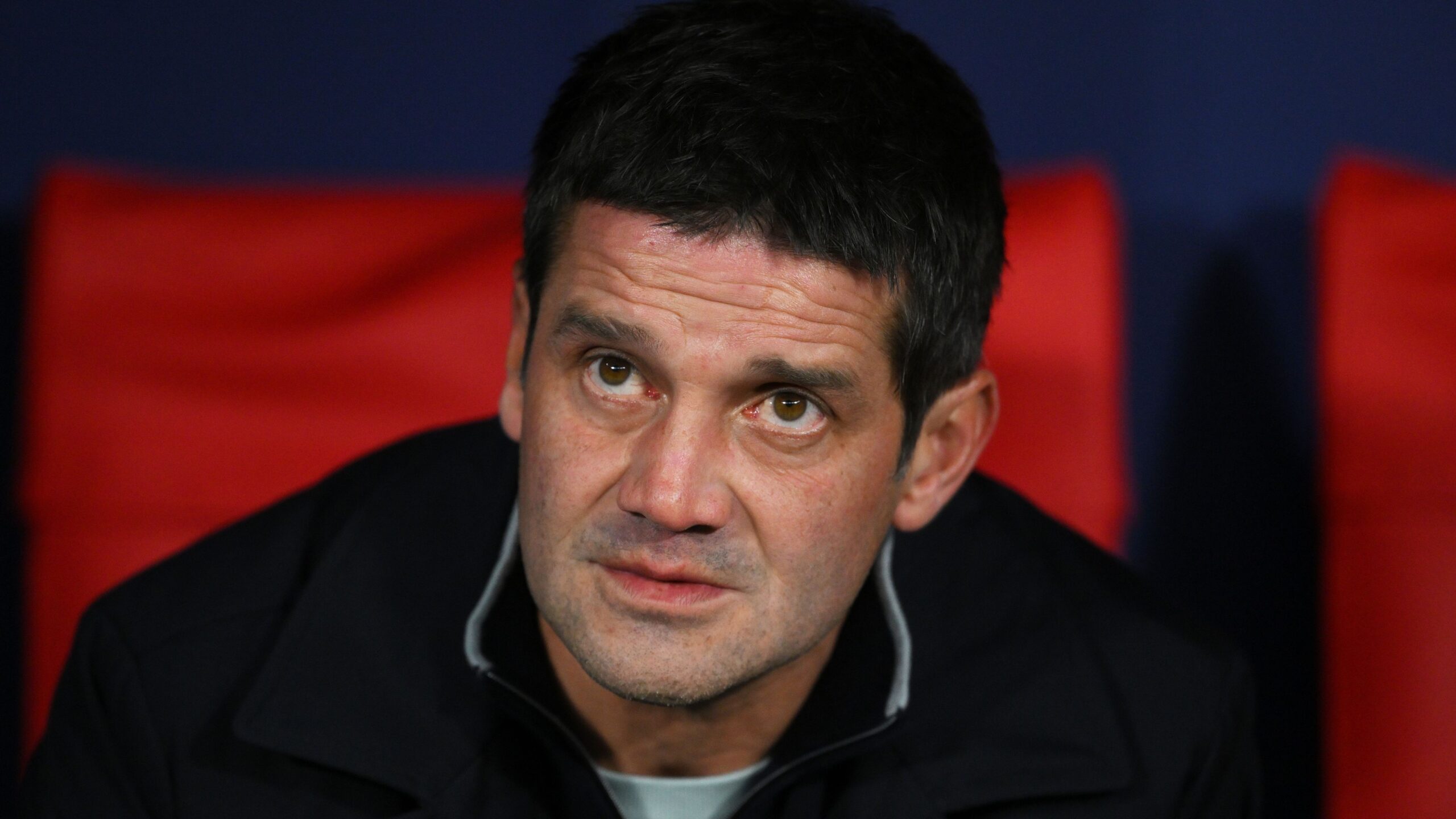The defeat fits a worrying pattern. the Nerazzurri’s losses this season have almost all come against top-level opponents: Milan, Napoli and Juventus earlier in the campaign, and now Atletico. Each time, the team have created chances but failed to…
Category: 4. Sports
-

Tour O The Borders played ‘vital role’ in bringing visitors
The return of an annual biking event contributed more than £750,000 to the Borders economy, according to an independent assessment.
The Tour O The Borders started in 2014 but was cancelled last year amid concerns about road closures.
It returned…
Continue Reading
-

PCB Likely to Host Zimbabwe for One-Off Test Match in Rawalpindi
According to sources, the Pakistan Cricket Board (PCB) is in currently in discussions with Zimbabwe Cricket Board to arrange a Test match in Rawalpindi, after the conclusion of the ongoing Tri-Series and the upcoming Quaid-e-Azam Trophy…
Continue Reading
-

The 2025 Qatar Grand Prix – presented by OKX
Why we love the Qatar Grand Prix
The Lusail International Circuit is unique on the F1 calendar in that it was designed for two wheels rather than four. Of the circuits we’ve recently raced on, Mugello would be the closest comparison, though…
Continue Reading
-

New look, same spirit: HSBC SVNS is back
Sevens is a bridge between cultures. It’s saying ‘hello’ or ‘thank you’ in four languages I don’t speak, picking the game apart over a beer with a coach I’ve just met, feeling the pain when a player gets…
Continue Reading
-

World Netball Announce Officials for the Horizon Series
World Netball has today announced the officials selected for the Horizon Series, taking place from the 13th-14th December at the Copper Box Arena, London between England and Jamaica.
UAP
Umpires
- Nathan Begley
- Gareth…
Continue Reading
-

Know schedule and where to watch live streaming in India
India will kickstart their Men’s FIH Hockey Junior World Cup 2025 campaign with a clash against Chile in Chennai, Tamil Nadu, on Friday.
All Junior Hockey World Cup 2025 matches will be available to watch on live streaming in India. The…
Continue Reading
-

Ruahei Demant: New Zealander says it is ‘breath of fresh air’ to join Bristol in PWR
Conversations to bring the fly-half to Bristol started before the World Cup, with the Bears seeking cover at 10 following the retirement of Amber Reed and Holly Aitchison’s departure to Sale.
Demant, meanwhile, was searching for game time with…
Continue Reading
-

The Last Bridge for Reconciliation and Peace / IJF.org
The International Judo Federation (IJF) has navigated a period of significant geopolitical pressure with measured responsibility, ensuring the continued unity of the judo family and the safety and fairness of…
Continue Reading
-

ICC confirms PTV and Myco as broadcast and digital rights partners in Pakistan until 2027
The International Cricket Council (ICC) today announced that Pakistan Television Corporation (PTVC) and Myco have secured the broadcast and digital rights for all ICC events in Pakistan through to 2027, ensuring fans across the nation enjoy…
Continue Reading
